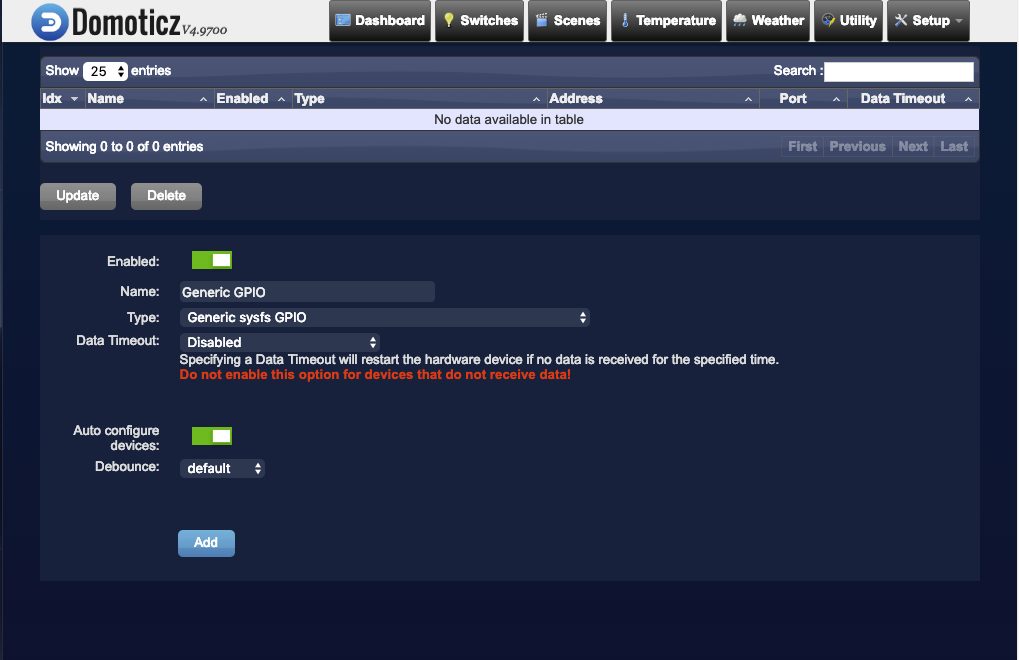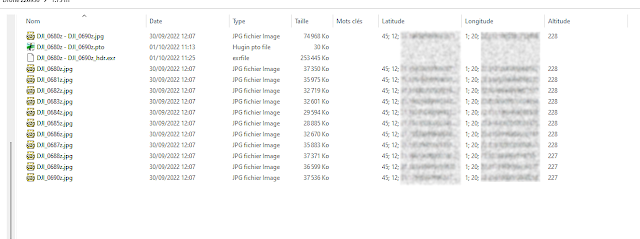Le thermostat HAGER 25120
Ma maison est équipée de six de ces thermostats.

Ayant constaté plusieurs défauts de fonctionnement sur certain d'entre eux :
- Plus de rétro-éclairage
- Manque de contraste
- Reset du thermostat lors du changement de consigne ou autre manipulation
- Relais non commandé (pas de clic lors de l'allumage de l'icône "flamme")
- ...
Et comme le prix de ce thermostat va de 120 à plus de 150 € en boutique, j'ai décidé de creuser un peu.
Après avoir démonté l'ensemble de mes thermostats et contrôlé la valeur du condensateur de 470 nF, tous avaient une capacité comprise entre 30 et 110 nF au lieu des 470 nF prévu (ce qui explique les défauts constatés).
Mais aucun n'était en court-circuit ou ne présentait une résistance inférieure au mégaohm. En effet, la classe du condensateur est X2, il est donc à isolement renforcé, certains disent "auto-cicatrisant" et ne peut, en principe, exploser lors de son vieillissement (diminution de sa résistance au courant continu jusqu'à la destruction).
Il est probable (je n'ai pas mesuré) que la commutation du relais alimentant la nappe du plancher ou du plafond chauffant provoque des surtensions (overshoot) due à l'induction propre de ces nappes. Ces surtensions pouvant dépasser largement des 275 Vac qui est la tension maximale de fonctionnement du condensateur d'alimentation équipant le thermostat, celui-ci voit sa capacité diminuer dans le temps.
Je suis presque sûr qu'on peut parler d'obsolescence programmée dans ce cas !
















